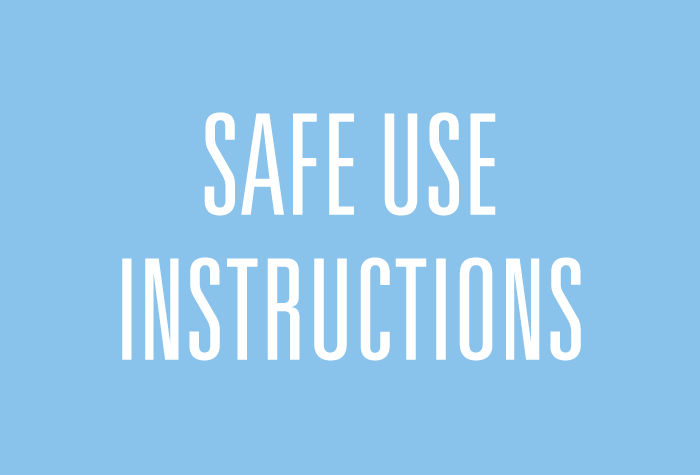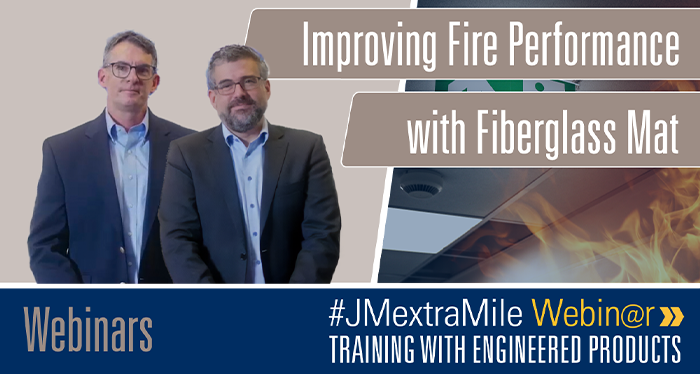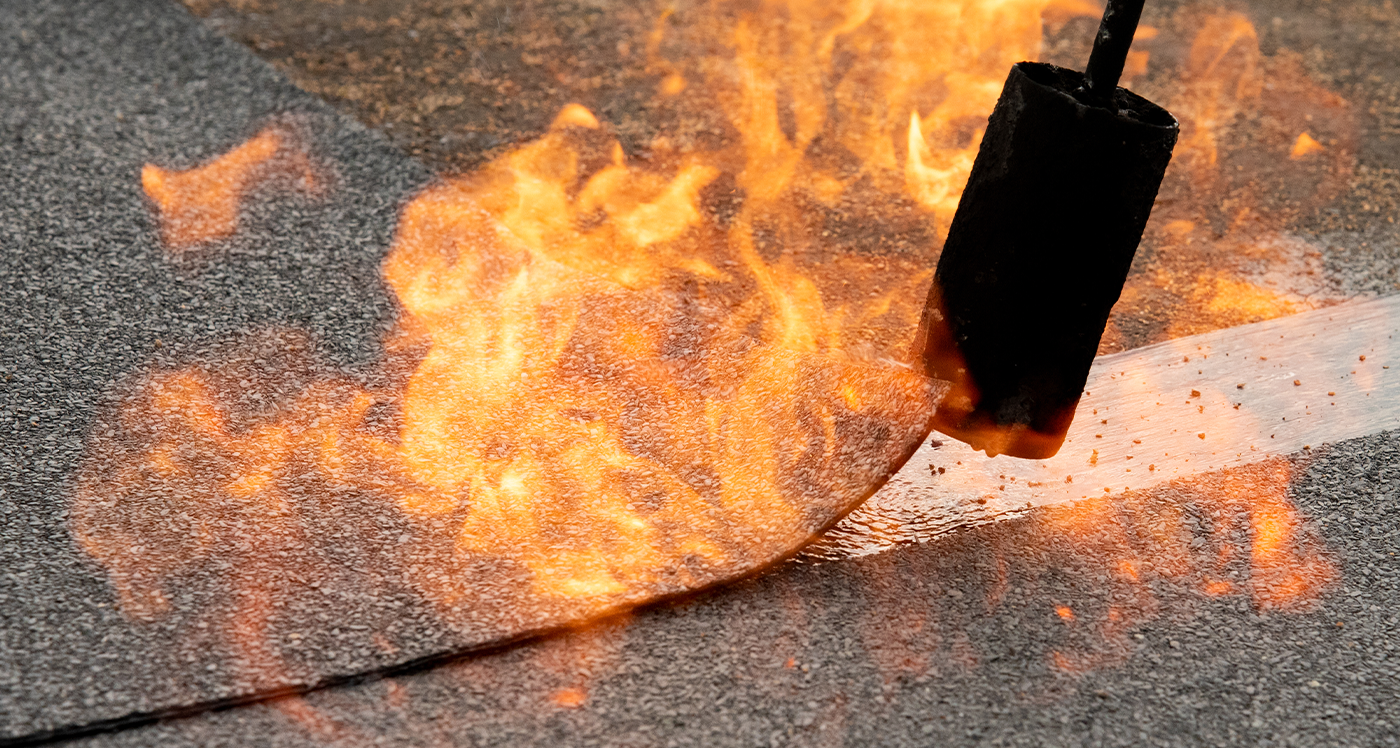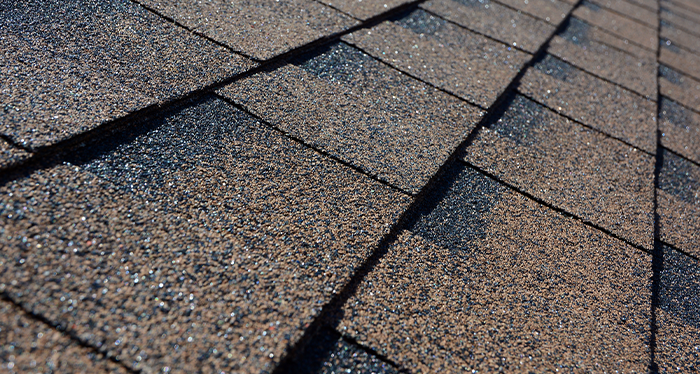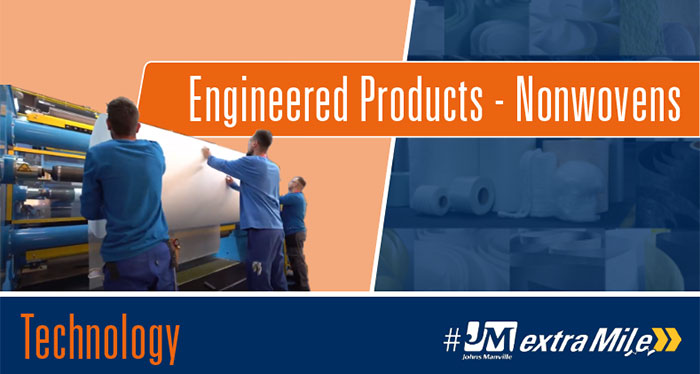Fiberglass Mat for Bituminous Roofing
Fiberglass mats are used as carriers in bituminous roofing applications to provide dimensional stability and tensile strength to a flat roof system. As they do not have a thermal memory, the relaxion time of a fiberglass reinforced roofing sheet is decreased, which makes roof installations more durable and prevents differential movements.

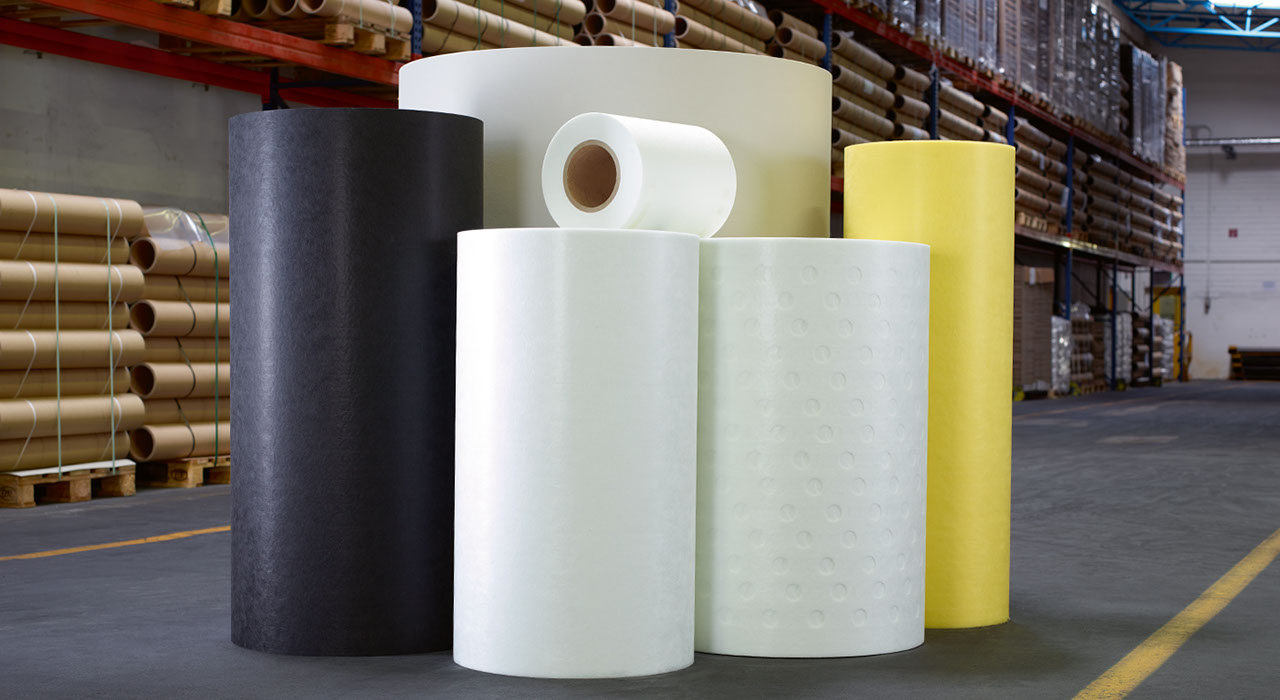
What is a Fiberglass Mat?
A fiberglass mat (also called glass veil or glass nonwoven) is a flat fabric composed of chopped fiberglass oriented in a random pattern and bonded together. Originally invented to replace cardboard in waterproofing membranes, fiberglass mats have long since conquered additional applications such as commercial and residential construction, energy storage and automotive. Fiberglass mat can be tailormade to fit the properties the end applications require by adjusting for instance the fiberglass (glass type, fiber sizing, fiber length, fiber diameter, fiber mixture), the binder systems, the mat thickness, and the mat density. Fiberglass mat is sold in rolls of various widths and lengths. Most of the glass fiber mats manufactured worldwide are produced on similar (but not identical) machines to those used in the paper industry.

Dana Miloaga
Technology Leader
"Did you know that Johns Manville is self sourced in fiberglass and produces fiberglass mat on two continents? Our manufacturing facilities are based in North America - Etowah, TN and Waterville, OH - as well as in Germany - Wertheim and Steinach."

Scott Coons
Chief Sustainability Officer
-
WEBINARImproving Fire Performance with Fiberglass MatFire prevention and fire protection are some of the most fundamental aspects of building regulations and codes. Learn from our coaches Francis "JR" Babineau and Ignacio Nuñez how fiberglass can benefit the fire performance of building materials and the assemblies they are installed in.
-
RELATED PRODUCTSPolyester Nonwoven for Bituminous RoofingDiscover our polyester nonwoven solutions for bituminous roofing applications.
-
#JMextraMileRead the JMextraMile BlogLearn more about what it means to us going the #JMextraMile.
-
RELATED PRODUCTSFiberglass Mat for Roofing ShinglesDiscover our fiberglass mat solutions for roofing shingles.
-
VIDEOJohns Manville Engineered ProductsJohns Manville Engineered Products manufactures Evalith® nonwoven materials in 9 plants in Europe and North America. We operate in many different market segments and offer a wide variety of products.



